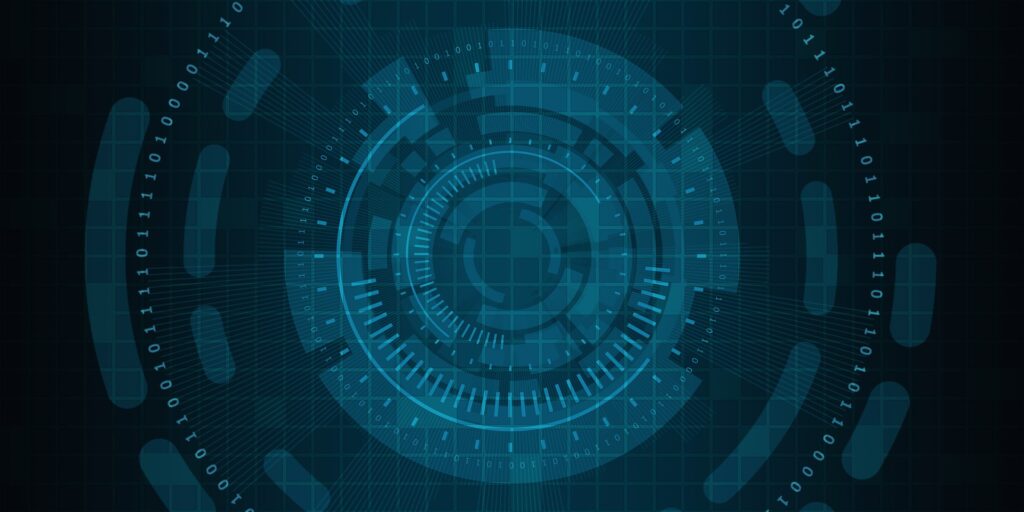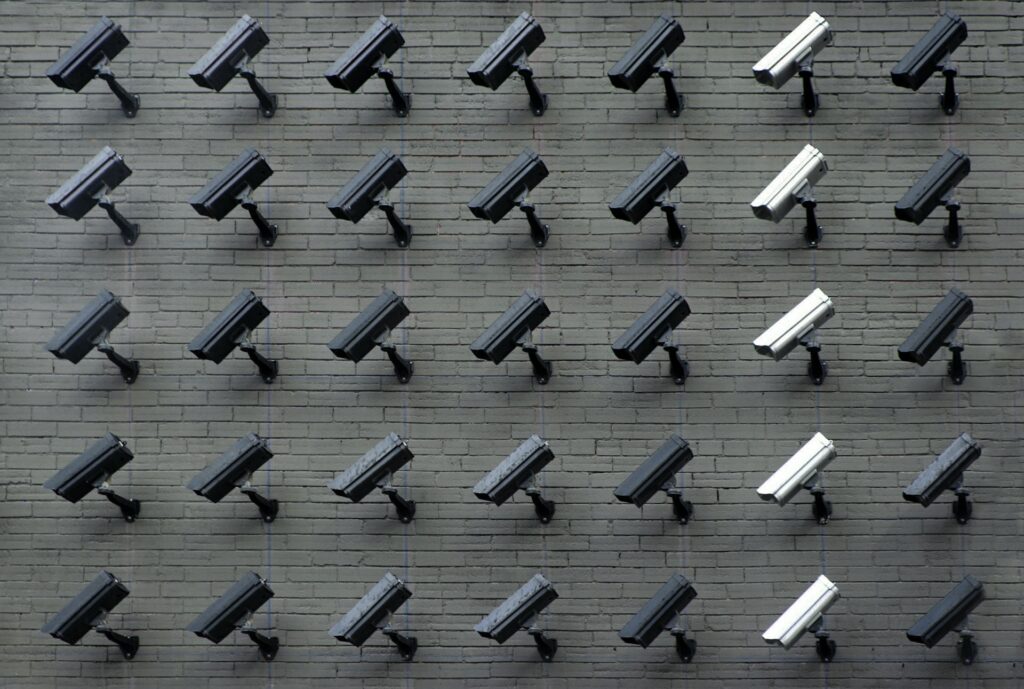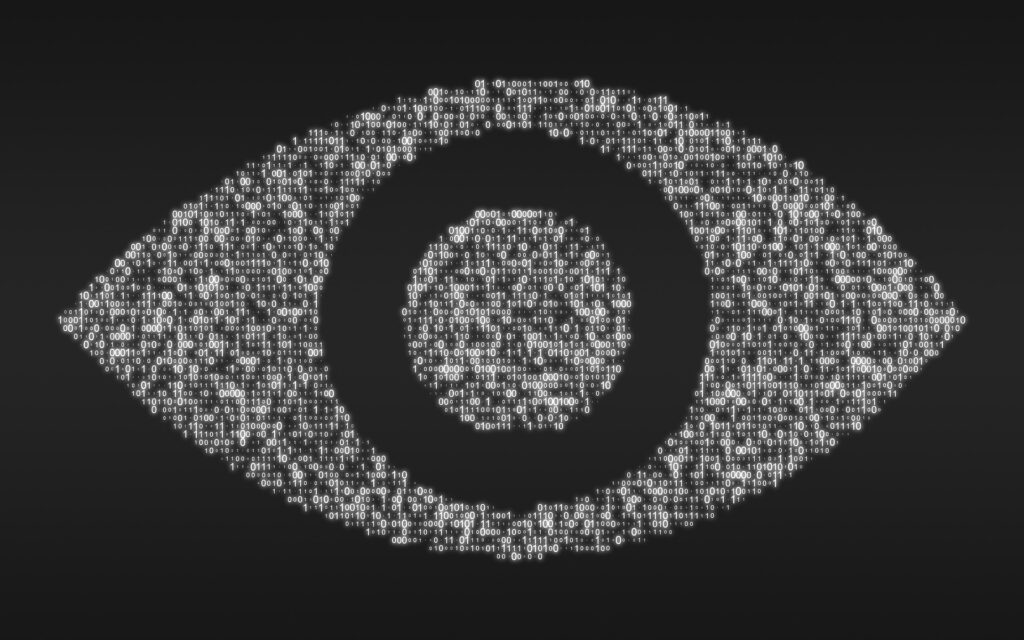
Spyware is malware (malicious programs) designed to infiltrate users’ computer systems to monitor their activities and collect personal information. These programs can be installed on devices without the user’s consent and can cause serious damage to privacy and security.
In this article, we’ll explain how spyware can infiltrate our devices and what the signs are that indicate its presence. Next, we’ll provide some tips on how to protect our devices from spyware and understand the most common types of spyware, as well as government spyware.
By reading this article, readers will gain a greater understanding of the risks of spyware and the possible measures they can take to protect their devices and privacy.

Spyware is malicious computer programs that infiltrate users’ systems and collect personal information without their consent. There are several ways spyware can infect a device. Through programs downloaded from untrusted sources, phishing email attachments, online advertisements, and much more.
Once spyware is installed on the device, it begins monitoring the user’s activities and collecting personal information, such as browsing data, social media activity, financial information, and more. This information is then sent to servers controlled by cybercriminals, who can use it for identity theft, phishing, and other illegal activities.
Spyware uses sophisticated techniques to infiltrate users’ systems and remain hidden, making it difficult to detect and remove. For example, they can use camouflage techniques to hide their files or processes in users’ operating systems, or they can use encryption techniques to protect the information they collect and transfer.
Spyware is therefore a specialization of malware that poses a threat to users’ security and privacy.

Spyware is primarily used by individuals or organizations seeking to monitor a specific user’s activities without their consent, as we saw previously. For example, an employer might install spyware on an employee’s company computer to monitor employee activity. Or a parent might install spyware on their child’s computer to monitor their online activity. These are often also called “parental controls.”
Spyware can also be used by cybercriminals to steal personal or financial information, such as credit card numbers or passwords, or by government agencies to monitor the activities of suspected criminals or terrorists.
However, the use of spyware can violate users’ privacy and constitute a crime, depending on local laws and regulations.
There are many well-known spyware programs in the world of computer security. Some of these are spyware tools made available by Public Sector Offensive Actors (PSOAs), such as NSO Group, Gamma International, Rayzone, Candiru, and FinFisher, to name a few.
Here are some of the most well-known spyware that have been widely published in newspapers:
It’s important to note that there are many other types of spyware, so the above list is only a brief overview of the most well-known ones.

A spyware infection occurs when malicious software is installed on a device without the user’s consent. Spyware can be installed on a device in a variety of ways. For example, it can be present in a phishing email attachment, in software downloaded from untrustworthy or malware-infected websites, or in a file shared over a peer-to-peer network.
Once the software is installed, it can begin collecting information about the device and the user. For example, it can monitor your internet browsing activity, collect information about your login credentials, record voice or text conversations, access your device’s camera or microphone, or install other malware on your device.
In some cases, the most complex and feared spyware can be particularly advanced and difficult to detect. For example, they can use rootkit techniques to hide from detection by security tools, or they can use zero-click exploits to infect a device without any user interaction, such as an unanswered WhatsApp voice call (as in the case of Pegasus).
Spyware can be difficult to detect because it’s designed to operate stealthily. However, there are some warning signs that may indicate the presence of spyware on your device:

Government spyware is surveillance software developed by governments or intelligence agencies to monitor users’ online activities.
These programs can be used to collect personal information, monitor internet browsing, record voice or text conversations, and even control the user’s device’s camera and microphone.
Historically, this type of malware has always been a major media focus due to its pervasiveness and ability to indiscriminately access and track users’ devices.
This is why this type of technology, although generally used for specific purposes (such as fighting terrorism or preventing cybercrime), has sometimes been misused, raising concerns about the abuse of these technologies and the violation of user privacy.
To protect To protect your devices from spyware infection, it’s important to take precautions. There are some measures you can take to protect yourself from spyware:
Follow us on Google News to receive daily updates on cybersecurity. Contact us if you would like to report news, insights or content for publication.
